




 US Army Ruediger Richter, with “1er Régiment Etranger de Parachutistes” tattoo, Vietnam 1966. Photo AP Henri Huet.
Mister Freedom® “CAMO CHUTE SCARF”
June 2014 Edition
On a chilly day of December 1783, French physicist Louis-Sébastien Lenormand figures it would be good idea to challenge gravity by jumping from the 150 feet-tall Babote Tower in Montpellier. Ever the prudent, he is holding what is basically a large umbrella. Betting galore in the assistance. Sacré bleu…
He renames it PARA (against, in Greek) CHUTE (fall, in French), on his way home.
 “I got this, guys” On August 16th 1940, Bill Ryder feels a firm slap on his thigh.
He then instinctively proceeds to jump out of a Douglas C-33, flying 1500 feet above Georgia.
1LT William Thomas “Bill” Ryder had just made the first paratroop jump in the history of the US Military.
On the same sortie, Pvt. William N. “Red” King moves into position, slap… GO! GO! GO!
Red King had become the first American enlisted man to jump out of a flying airplane.
The 48 volunteers of that “U.S. Army Parachute Test Platoon” paved the road for the future paratroopers of the five Airborne Divisions of the US Army.
WW2 was just around the corner, and a mustachioed psychopath had great plans for them.
 
Exiting a flying machine rigged to 65 lbs bundle of white silk fabric, in the dark, over unknown swampy territories, weighted down with some 100 lbs of gear, with angry people shooting at you, will appear to most like a questionable career move. “You fly to work” they said…
But men stepped up to the plate when it counted, and Operation Neptune scattered just enough of these jumpwing-pinned daredevils on the Normandy countryside to get the Kommandantur totally confused on where exactly the invasion was happening. Confused enough to miscalculate the necessary reinforcements needed to block the beachheads.
If it weren’t for the courage of those who bet the pot on that morning of June 6, 1944, and the loooong days ahead, the French would probably be speaking German today, as the saying goes.
 
It is usually perceived that paratroopers are quite proud of their legacy, training and accomplishments. Some consider themselves above the ‘legs‘ (non-paratroop infantry). They like to stand out in crowds, and won’t mind ruffling brass feathers from time to time. The men of the Filthy Thirteen took this next-level on D-1…
   
Once airborne, a paratrooper’s best friend is the piece of fabric above his head, hopefully carefully inspected, repaired and folded by the expert riggers. For US paratroopers, it was common practice during WW2 to cut off a piece of the T-5 parachute with your trench knife after your first combat jump. The shredded piece of spot camo fabric would then be used as an ascot to show others you had seen action. This also rendered the canopy un-usable by the enemy, prevented neck rashes from the M37 wool shirts…
As the war progressed, scattered DZ would provide ample camouflage parachute material for troops to use as helmet covers as well.
The fancy neckwear practice also spread to Special Forces units, its popularity extending to the Vietnam conflict.
 Major Roger Donlon, 1967 Now, back on the safe and peaceful shores of sunny California.
The original US Army canopy we used to cut out our “CAMO CHUTE SCARF” from, came out of the dusty storage room of an old Army-Navy store…
I originally thought the fabric was silk but that canopy actually proved to be nylon (a burn-test produced a celery-like smell).
It is of the smooth nylon type (1rst pattern), not the 2nd pattern rip-stop camouflage parachute.
Because incomplete when found (missing sections, chopped suspension lines) there were no markings left to ID it precisely. Later on, when deciding on the stamp for the MF® scarf, I would arbitrarily settle on 1954, as all this happened back in early May 2014, a date marking the 60 years of the fall of Dien Bien Phu.
Not an expert on chutes but it seems nylon replaced silk in parachute production sometime between 1941 and 1943. Camouflage chutes in the U.S. Army were discontinued in the late 1950’s.
Although the canopy is 100% authentic, by respect for the story behind legit paratroopers jump scarves we decided not to make a replica of an original with shredded edges.
Instead we have adapted it a bit, overlocked the edges, added a (faint) blue ink stamp reminiscent of the original chute marking, and the “Sportsman” Made in USA label. They are still rough though, and are no Hermès square.
Each scarf is unique in shape and size, as we respected the original panel shape. We also left the original splicing of sections (the white stitching flat felled seams).
Again, none of the scarves are perfect rectangles and size/ shape vary.
To really geek-out, the original nylon fabric is selvedge, with green ID, as revealed when we opened one of the seams of a torn panel.
  
And that, my friends, is the short story behind the MF® CAMO CHUTE SCARF!
This vintage scarf was re-purposed in California by Mister Freedom®. Limited edition.
SPECS:
FABRIC:
Original vintage U.S. Army T-5 type parachute canopy, 100% smooth nylon, silky touch. Beige/olive/green Spot camouflage.
DETAILS:
* Inspired by a US Airborne WW2 paratrooper tradition.
* Overlocked edges
* Soft hand, silk-like.
* Scarf may include original flat-felled seam panel splicing
* Original MF® ink stamp.
* Sportsman label
* Re-purposed in the USA
* Limited edition.
WASHING:
The scarves have been laundered.
Hand wash with mild detergent. Line dry.
Available washed, one size
Retail $129.95
Call the store at 323-653-2014 or email [email protected] with questions.
Soon available on www.misterfreedom.com
Thank you for your support.
Credits:
* Photo of Captain Roger Donlon courtesy of Peter McQueen ©Stars and Stripes
* Photo of Jake McNiece courtesy of Johan Romin.
* Some historical references collected from comments and photos of members of www.usmilitariaforum.com/forums/ , kind enough to make their knowledge public.
This post is dedicated to “Tonton Jean-Claude“, my Uncle, photographed here sometime in 1957 in the Djebel Grouz (border of Algeria and Morocco), during his 2LT days in the 14e RCP (Régiment de Chasseurs Parachutistes), 1ère Section.
 Sous-Lieutenant Jean-Claude L’Huillier, circa 1957




-

-

-

-

-

-

-
Freshly laundered
-

-
Checks group
-

-
Kasuri group
-

-
Katazome group
-

-
Solid and Misc group
-

-
Woven stripe group
-

-
courtesy of “Native American-Old Photos” Facebook page
Mister Freedom® BORO TIES “Shorties”
We put together another fresh batch of ‘shorties‘ this week, made from antique textiles loomed in Japan a long time ago.
These are the shorter version of our Indigo Boro Ties, originally introduced in 2011. Still sans leather ring.
The fabrics of this batch were hunted down during a recent trip to Japan.
These narrow shuttle loom fabrics are of assorted patterns, textures and colors, all one side selvedge and the other side frayed. They range from the turn of the century to the 1950′s.
A mixture of home spun, cotton, hemp, natural indigo, katazome prints, kasuri weave, plaids, solids… these vintage textiles scarves are all one of a kind.
We classify them in related groups but they all vary from one another, with specific fade/condition/size/repairs/holes/yellowing due to age.
Please understand this is ‘rough and rugged’ neckwear. The condition of some of these fabrics are beyond the wabi-sabi of a little imperfection.
As the fabric will continue to age with wear, your own hand-made repairs will add character.
To be clear, those into fancy Italian fashion silk ties might wonder why anyone would want to wear a rag around the neck…
That’s when we call in Mr. Rizzo. We just hired Frank, promoted him head of Sales, right on the spot.
If you see Frank Rizzo at a street corner near you, go say hi.
 “That’s right there, sizzlechest, whatever you need sold, I’ll sell it” Wrapped once around the neck with a simple single knot, they’ll work with different outfits, dressed up or down. These scarves are, in my opinion, less of a statement than the traditional Bandana, somewhat easier to pull off for some.
Due to the age of the vintage textiles we selected, some more than a 100 years old, the fragility of the yarn at times calls for hand washing and line drying when laundry is needed.
Retail: $89.95
Call the store at 323-653-2014 or email [email protected] with questions.
Available from www.misterfreedom.com.
Thank you for your support.


 
-

-

-

-

-

-
Hunter Thompson on location in the Mato Grosso
-

-
One hat, endless fun
HAT, PATROL
Mister Freedom® mfsc Spring 2014
“Sea Hunt” Collection
Expertly loaded with all the necessities useful to the downed aviator, one of the fifteen pockets of the C-1 Survival/Sustenance vest contained… a floppy hat.
Approved around 1943 by the Arctic-Desert-Tropic Branch HQ (Air Force Tactical Center, Orlando, Florida), that cotton popeline survival hat was reversible, in order to adapt to the following scenarios:
1) Monkey trap: The final bite of K-ration announced it was time to rig up your dinner MacGyver style, following instructions of the survival manual. The “HAT, SUN” was to be worn green (OG-107) side out, to blend in the hostile jungle while hunting.
2) When attempting to get spotted by a research/rescue party, you’d flip the hat to the ’emergency yellow’ side.
 
On paper, the content of the C-1 vest and other 1940’s survival kits such as those packed in type A-3 rafts, was what would separate a survivor from a permanent MIA.
Some accounts of actual survivors have told different stories about those kits however. Just ask Captain Louis Zamperini… (beware, you might not be able to put that book down.)
   
When lost at sea, adrift in a perforated yellow raft, the combo no knife/wet matches/four-page tutorial on conversational Western and Eastern Eskimo of the red Survival Manual, was sure to be an instant relief.
So you know, “Kah-bloon-ah nowk?” means “Where is there a white man?” in the East of the Arctic. In the West, “Nah-ne Kah-sah tahng-tah” will suffice.
During the Vietnam war, a similar cover was issued with an orange emergency side, as part of the “Over Water and Hot Climate Aircraft Survival Kit”. For high-visibility/rescue type gear, it seems that the color of choice went from safety yellow to blaze orange sometime in the early 1960’s?
It appears that the content of contemporary survival kits has not much changed since WW2, but the bucket hat has today been dropped.
For an educated current opinion on survival at sea in the US Navy, this insider’s perspective makes for an interesting read.
Ok. Back on point…
The soft crown vintage “HAT, SUN” that inspired our Mister Freedom® “HAT, PATROL” is of a very similar pattern than that of its aforementioned yellow/olive green grandfather issued with the C-1 vest. I believe the vintage sample from our archives was part of a mid 80’s “SURVIVAL KIT, COLD CLIMATE” aircraft bag. COLD or hot, that is the question.
 Vintage aircraft survival gear Additionally, some of you might remember a “Deck Hat” from a 2008 naval collection we did, using that same pattern.
This season, the hat of choice of our “Sea Hunt” Team features a survival/rescue side.
The fabrics we used are the same as the Skipper Jacket options, 6 Oz. cotton weather cloth, navy blue or olive green, with an orange 4.75 Oz. cotton RIPSTOP fabric lining.
The adjusting headband tape is also reversible and can be displayed matching or contrasting.
A classic military design revisited by Mister Freedom® and manufactured in Japan in collaboration with Sugar Cane Co.
SPECS:
PATTERN: Inspired by vintage US military survival gear.
FABRIC:
Two color options, both lined with a ‘blaze orange’ cotton Ripstop fabric.
a) Navy Weather Cloth: 100% cotton 6 Oz. tightly woven windbreaker popeline, milled in Japan.
100% cotton 6 Oz. tightly woven windbreaker popeline, milled in Japan.
DETAILS:
* Reversible
* Foldable and lightweight.
* Adjustable headband tape, mil-specs snaps.
* Made in Japan
WASHING/SIZING:
One size fits all. Machine washable, low maintenance.
Retail $149.95
Soon available from www.misterfreedom.com
Please call 323-653-2014 or email [email protected] with any questions not answered above.
Thank you sincerely for your support.
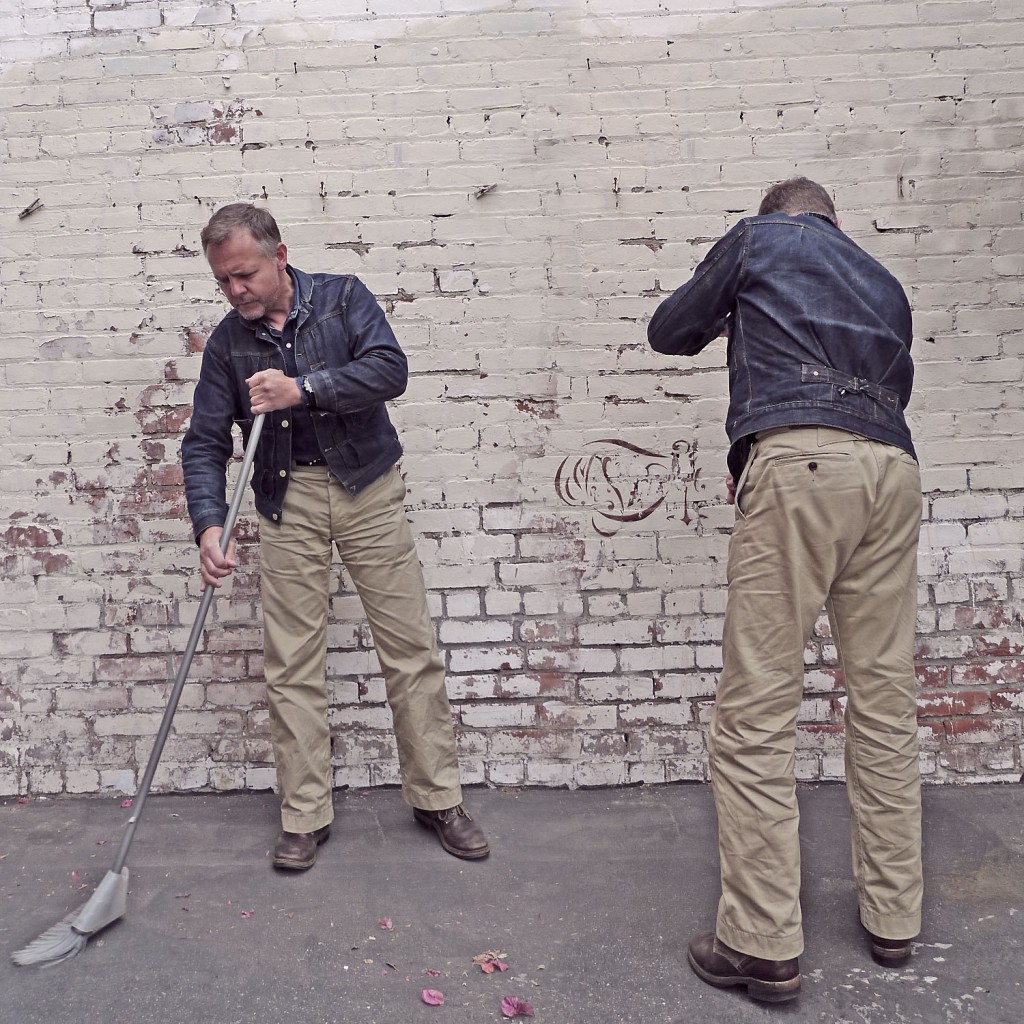 Working on brand image. Glamour is key. 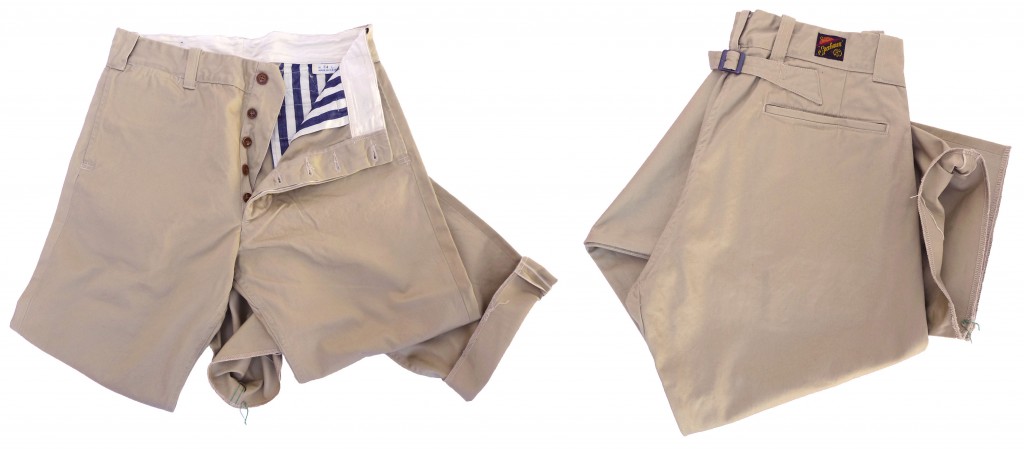
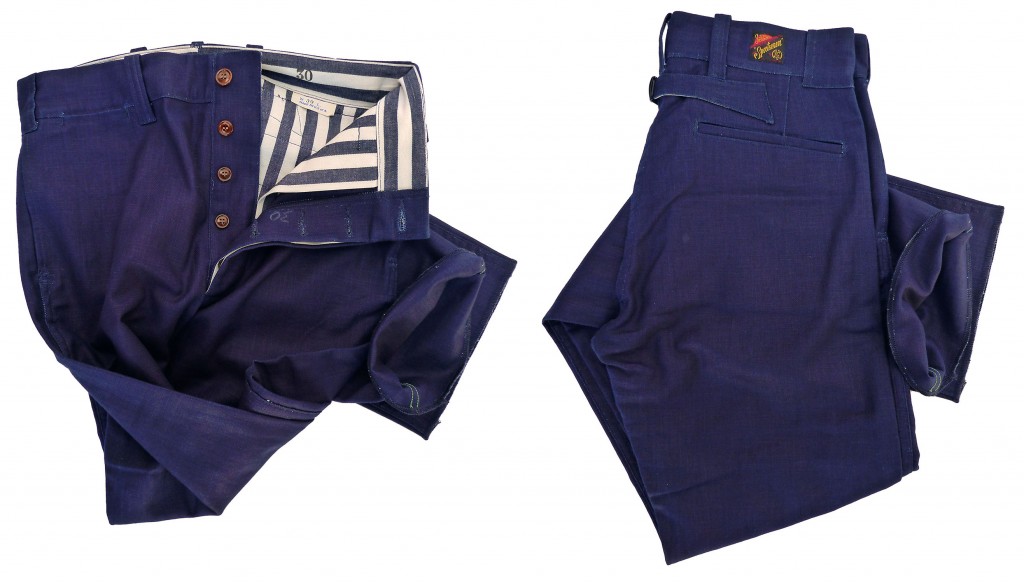
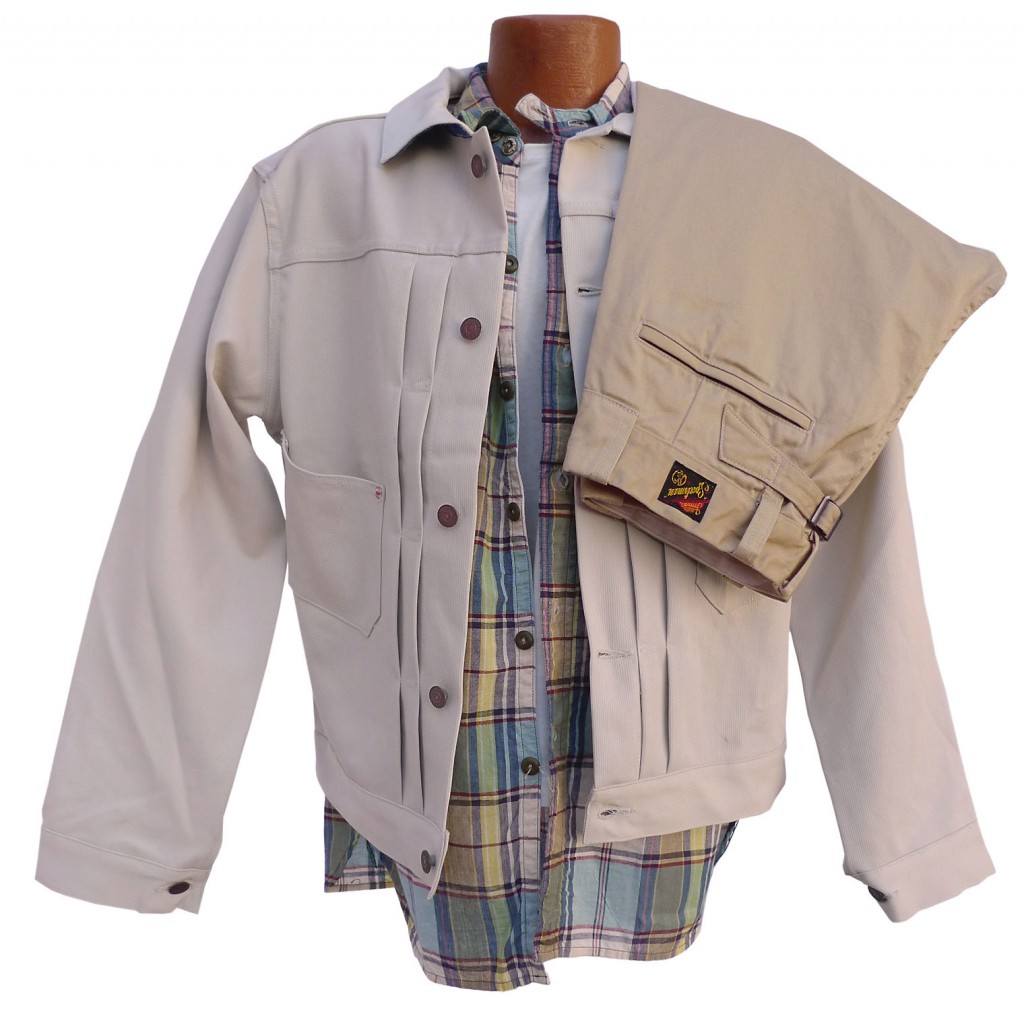
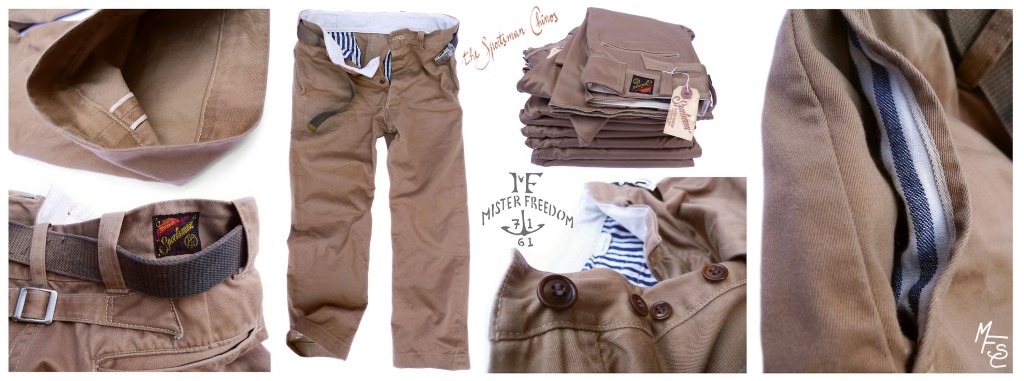 Sportsman Chinos, 2013 issue
The SPORTSMAN CHINOS
Beach Chino twill and Indigo Métisse Twill
Sportsman Collection Spring 2014
Introduced during Spring 2013 and part of the Sportsman catalog, the Sportsman chinos are Mister Freedom® take on a beloved American classic, made in USA for the occasion.
The buckle back and relaxed fit gives them somewhat of a 1950’s vibe, in a traditional work-meets-casual trouser style.
This simple design, spiced up with some MF® signature details, is now being released in two new fabrics, both loomed in Japan.
This season’s selvedge chino twill version is similar to the 2013 release, but in a lighter ‘sand’ khaki color. We called it “Beach”, because “Sleepy Bora Bora lagoon at dawn” was too long and probably taken. Additionally, it makes us sound like a lifestyle brand, I like that.
Below are photos of my Chinos (2013 release), after some normal wear/wash process.
The indigo twill version brings us back to our “Les Apaches” days with the cotton/linen métisse fabric introduced with the veste ouvrier, paletot, chemise hirondelle, and gilet.
After normal wash & wear, the patina on this fabric is pretty amazing. There are some beautiful worn examples out there, as I’ve been able to witness on several occasions.
It appears friend and early-days supporter Tyler Madden from Self Edge Portland submitted his veste ouvrier to some rough work schedule. Well done Sir.
Tyler’s jacket’ patina did not come out of a Turkish or Bangladeshi washhouse.
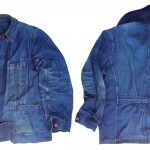 Tyler’s “veste ouvrier” from 2011 Note on industrial washing:
Chip Bergh, Levi’s CEO since 2011, announced recently that he had not washed his jeans for a year.
Cool.
Besides the horror this created in the common First-World household and the points gained with the Denimhead community, I thought his position quite interesting. Mr. Bergh wants to save the planet one laundry load at a time. Good man, thanks Chip. Indeed, it is clear that we, consumers, and our darn hyper-active washing machines, are challenging the Blue Planet’s water supply.
Quite amusing of a public statement for a company whose net income ($229 million in 2013) has been mostly generated by selling and promoting stonewashed jeans.
So, yes. You go Water<Less™ in Turkey, and I won’t forget to do my part at home, ie. “pick one day of the week to go shower-less“.
Problem solved.
Pheew.
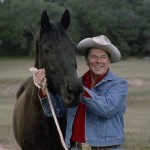 If it’s good enough for the President… After this diversion, dare I mention that because our indigo métisse is a frayed-edge type fabric, the side seam is of the flat-felled chainstitched construction type, while the chino twill side seam display the twill selvedge.
The Sportsman Chinos are designed and manufactured in California by Mister Freedom® in collaboration with Sugar Cane Co., from fabric loomed in Japan.
SPECS:
PATTERN: An original MFSC, inspired by vintage cotton twill work pants.
FABRIC Options:
a) Beach Chino Twill: Raw 100% cotton selvedge ‘Chino’ twill, ‘sand’ color, milled in Japan on shuttle looms.
b) Indigo Métisse Twill: 9.7 oz. indigo dyed twill blend, 70% cotton and 30% linen, un-sanforized. The yarn core is white, the indigo outer has a purple blue shade typical of early French indigo work clothes. Fades, bleeds and reacts to sun light…
DETAILS:
* Relaxed 1950’s type silhouette and fit.
* Natural corozo wood fly and waist buttons.
* Selvedge leg side seams for the chino twill, flat-felled seam for the indigo twill version.
* Welt back pockets.
* Original combo belt loops, wide & narrow.
* The ever attractive-sounding ‘crotch gusset’.
* Adjustable back cinch strap, with vintage NOS metal slide buckles.
* New Old Stock blue/white stripe 100% cotton twill pocket bags.
* Natural 100% cotton sailcloth waist band and fly facing.
* Watch pocket.
* 100% cotton thread construction, flat felled seams, with inside green chainstich signature.
* Original “The SPORTSMAN” woven rayon label on back waistback, concealed when wearing a belt.
* ‘Open’ overlocked leg bottom, to suit your cuffing preferences.
* Made in USA.
SIZING/WASHING:
The ‘Sportsman Chinos’ are sold RAW (unwashed) and will shrink to tagged size. Both fabric will shrink to approximately the same measurements. The waist sizing is pretty ‘generous’, but still get a 32 if that is your usual size.
The bottom are left open to your cuffing preference. I opted for a 1½ inch fold, regular single needle machine stitch.
a) Chino Twill: This fabric is pretty low maintenance. Original cold soak and line dry. Further washing when needed, on gentle cycle, warm/cold water, line dry. The original sheen of the fabric will dull out with wear and wash.
b) Indigo métisse Twill: We recommend an original cold soak, spin dry, line dry. Color croaking is to be expected. This indigo option is very sun sensitive. When dirty and according to your activities, hand-wash inside out with mild detergent and line dry.
As common sense dictates, riding horses for a living or clerking at the DMV will affect time between laundries.
Refer to charts below for raw/rinsed/line dried measurements:
 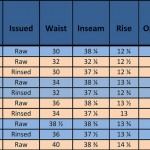
Available RAW/unwashed.
SIZES: 28, 30, 32, 34, 36, 38
RETAIL
a) Beach Chino Twill: $289.95
b) Indigo Métisse Twill: $329.95
Available on www.misterfreedom.com
Email [email protected] or call 323-653-2014 with any questions unanswered above.
Thank you for your support.
By the way, nothing personal Chip, I am sure you are sincere in longing for a cleaner Planet. Maybe some Tide™ would help.
Ooh, if you see Bart, kindly mention his tab. No, not the red one, he’ll know. Thanks.
Yours Truly,
Christophe Loiron
Mister Freedom®
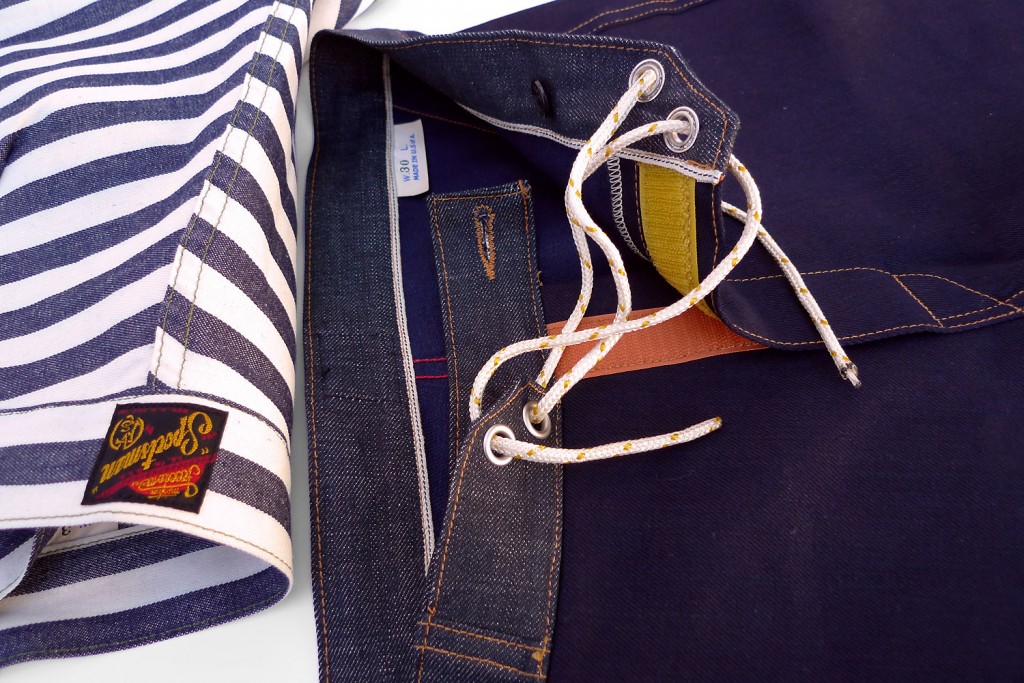

 
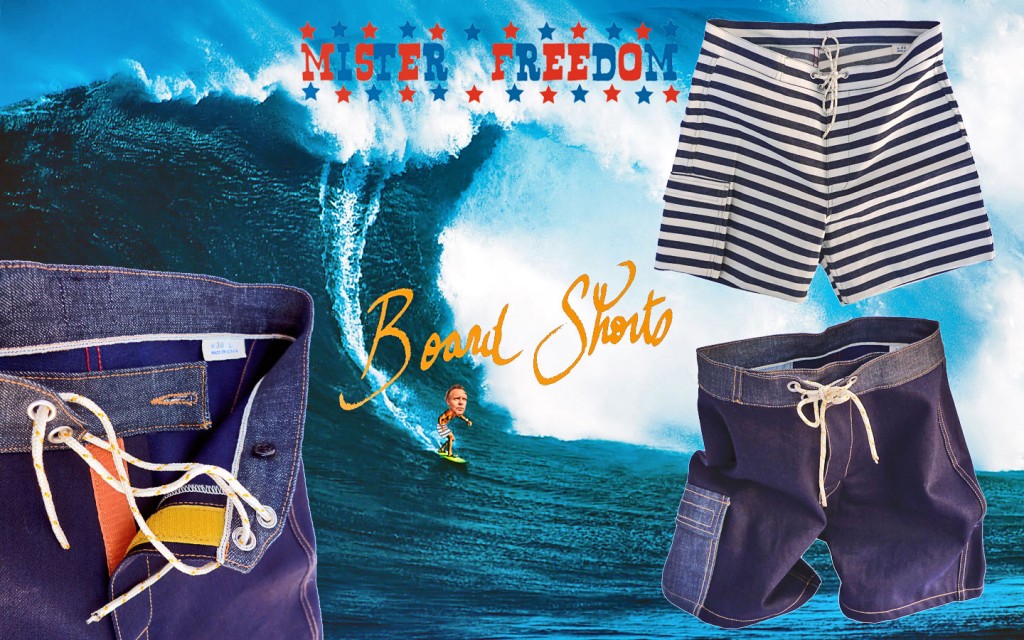 First soak instructions
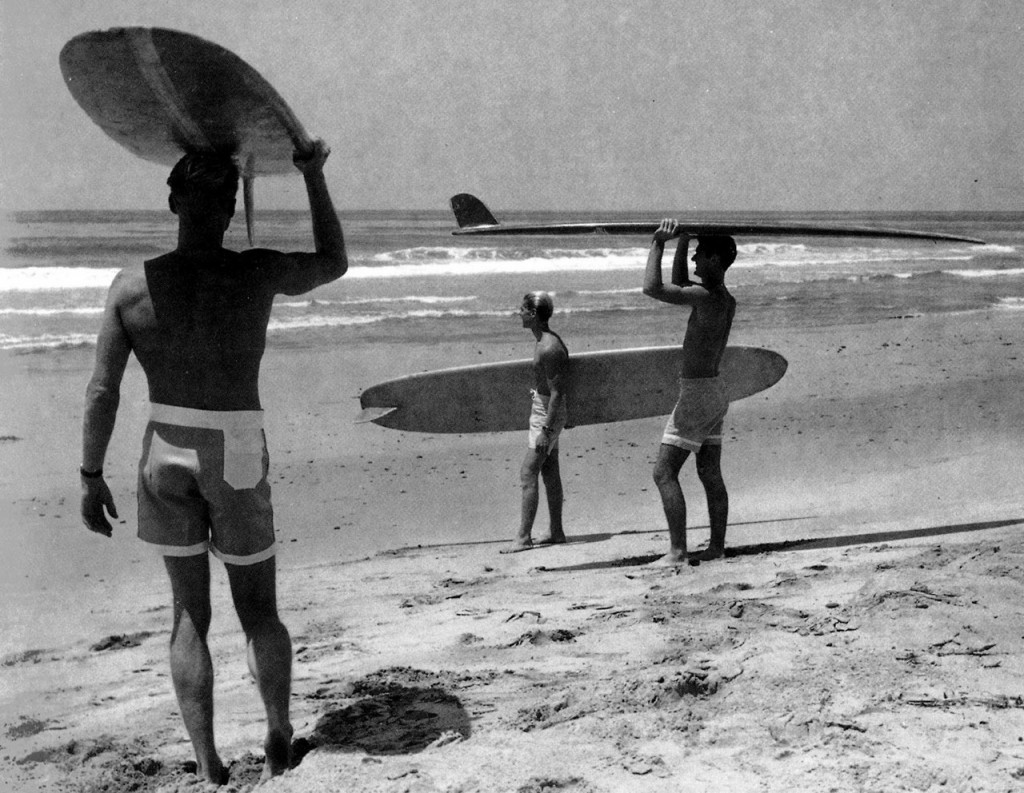 Photo ©1963 Bob Bagley – Bruce Brown Films, Endless Summer
N.O.S. Board Shorts
Mister Freedom® “Sportsman” Collection
Spring 2014
Having never set foot on a surf board, I feel quite qualified to announce the addition of the “NOS Board Shorts” to our “Sportsman” catalog. Can’t go more legit than that.
I did climb on something remotely associated with the sport of surfing a while back however. A baobab. With an engine, that thing would have been called a ferry. I heard one could stand on it with a 0.2 BAC.
-

-
The big waves of Molokai , 90’s
-

-
Action shot 1
-

-
Action shot 2
So ok, ok. C don’t surf.
But I swear I’ve watched “The Endless Summer”.
Cowabunga, dude.
Anyways, these Mister Freedom® board shorts are based on a few classic pairs of late 60’s~70’s trunks (Hang Ten etc…)
We added a fancy wax pocket, to holster your iPhone comes clambake time. Or your passport, for the elegant few who roam airports in tank-tops, shorts and flip-flops. The concealed rear pocket will basically be a receptacle for sand, which is great if you’re a collector.
There are a few options available, all made with New Old Stock fabrics.
a) NOS 100% cotton blue/white stripe twill, selvedge, about 6 Oz. (same fabric as our Rodeo Ranch Blouse, and the Musette Biribi), featuring olive green stitching.
b) NOS 100% cotton twill, Indigo warp x Indigo weft, about 12 Oz. with a NOS selvedge denim waistband and pocket, featuring orange stitching.
c) A surprise “Aldo Maccione” model, to be released later…
Please note that cotton fabric was dropped by swimwear companies some time ago, as cotton dries very slowly. I get it, but it worked for generations of swimmers, and sometimes it’s one for the money and two for the show.
 Micky Moore & Elvis, 1966 I was really looking forward to posting fit pix. But everyone in upper management has pleaded me not to. Not sure why.
Whatever.
The Board Shorts are (kinda) designed and manufactured in California by Mister Freedom®, in collaboration with Sugar Cane Co.
SPECS
FABRIC OPTIONS:
a) NOS 100% cotton blue/white stripe twill, selvedge, about 6 Oz., olive green stitching.
b) NOS 100% cotton Indigo twill (Indigo warp x Indigo weft), about 12 Oz. with a NOS selvedge denim waistband and pocket, orange stitching.
DETAILS:
* Bitchen late 60’s to 1970’s style
* Bitchen paracord/eyelet waist closure system.
* Bitchen Velcro® fly.
* Bitchen selvedge waistband.
* Bitchen side pocket with Velcro® flap.
* Bitchen rear concealed sand pocket.
* Made in USA.
SIZING/SHRINKAGE
The board shorts are only available RAW because we let you do the surfing.
Both fabrics will shrink to the approximate same measurements after the first original cold soak. These trunks are pretty much true-to-size, although cut a bit on the vanity-size side in the waist. The paracord/eyelet closure system allows for some slight adjustment to the waist for a tighter/looser fit.
With the Indigo Twill version some color bleeding is to be expected during the early stages of wear. At the pool party, refrain from sitting on your neighbor’s white sofa right, especially holding a glass of pomegranate juice and a beet salad paper plate.
Swim trunks should be low maintenance, and these are. They will fade and show wear according to how you use them. Riding waves or watching “Big Wednesday” will result in different wear patterns.
Please refer to sizing chart for soak/line dry measurements (please note that further shrinkage can be expected with hot soak and machine dry.)
 
Available Raw (unwashed) ONLY
Tagged Sizes
W28
W30
W32
W34
W36
Retail $129.95
Available from our brick & mortar and our webstore.
Please call the store at 323-653-2014 or email [email protected] with questions not addressed above.
Thank you sincerely for your support 🙂
|






































































































